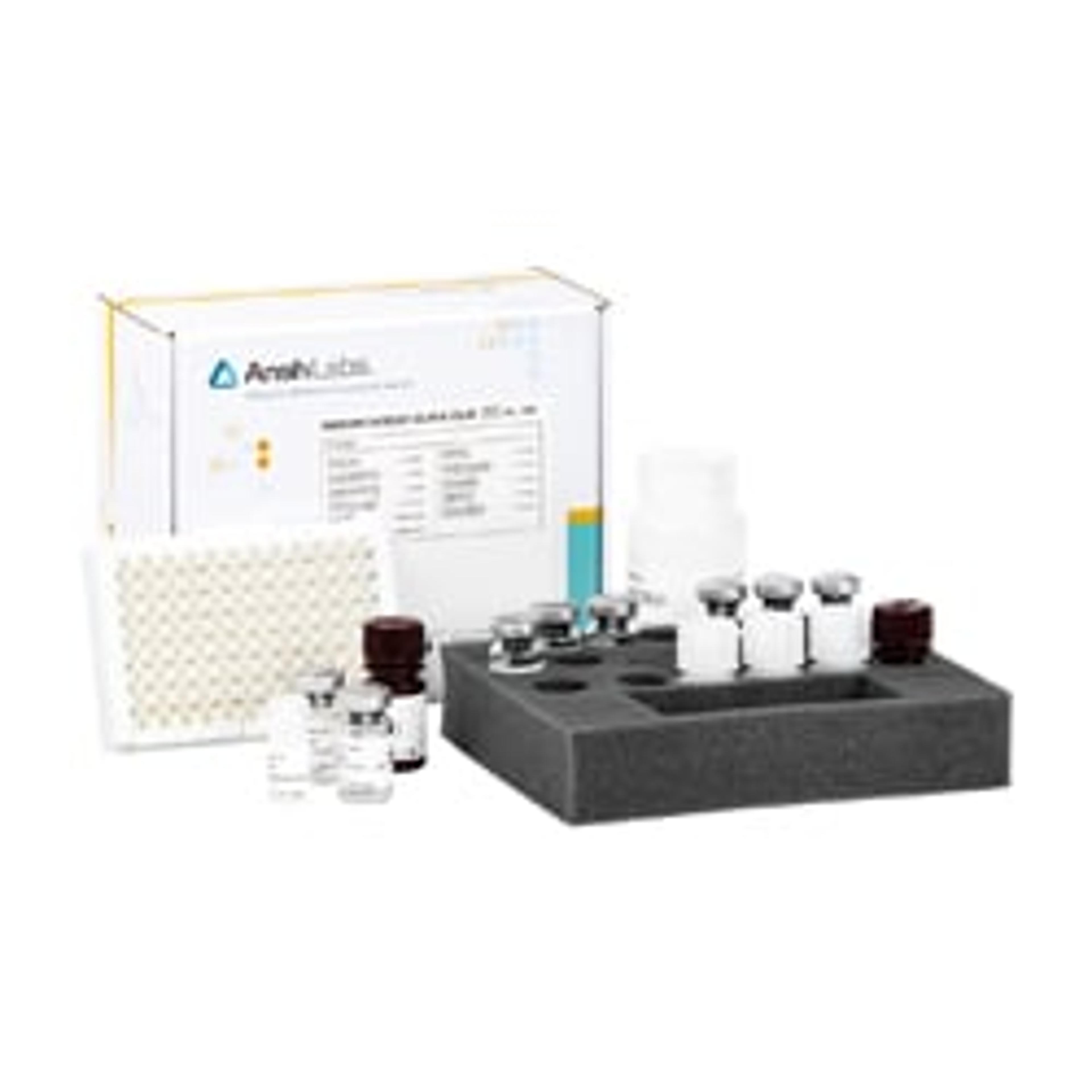MenoCheck: How this biomarker test can be of value clinically
MenoCheck is an ELISA specifically designed to measure the ultra-low levels of AMH during the menopausal transition
9 Mar 2020
The increase in the average lifespan of individuals, but not average age at menopause has lead to an increase in the number of years a woman faces the consequences of low ovarian hormone production. Because many of the physiological changes associated with menopause can be most effectively managed with early intervention, the importance of identifying biomarkers that facilitate accurate and precise predictions of the time until the final menstrual period (FMP) is now recognized.
Currently, follicle-stimulating hormone (FSH) is a widely used clinical test used to assess ovarian age but suffers from several significant limitations. First, because FSH is a pituitary hormone, and not an ovarian hormone, FSH measures ovarian reserve indirectly. Second, for clinical use FSH levels must be tested only during days 3 to 5 of a mensural cycle because FSH levels varies over 10-fold across the menstrual cycle; reciprocally with changes in ovarian production of its key regulators, estradiol and inhibins. Anti-Mullerian Hormone (AMH) testing is advantageous compared to FSH as an index of ovarian aging. This is because AMH is produced by secondary, pre-antral and early antral follicles. Thus, AMH provides a direct index of ovarian activity. AMH levels decline progressively with age and reflect functional ovarian reserve. Importantly, AMH levels are stable across the menstrual cycle and can be measured at any time without affecting the interpretation of a single blood draw to measure its level.
MenoCheck™ is an ELISA specifically designed to measure the ultra-low levels of AMH during the menopausal transition; it has a lower limit of detection than prior AMH assays. Measurements obtained using MenoCheck have been carefully validated in specimens from thousands of women participating in large women’s health studies. Reference intervals for MenoCheck measurements are based not only on chronological age but importantly also on known FMP dates, as illustrated to the right.
Clinical considerations
- Determination of the FMP based on self-reported bleeding patterns is subjective and often inaccurate. The MenoCheck assay provides a valuable, objective assessment of menopausal status that is independent of menstrual bleeding history. It is particularly valuable in assessing menopausal status in women who have had a hysterectomy.
- Women who develop secondary amenorrhea before their true FMP due to low body weight, stress, excess physical activity, hyperprolactinemia or other disorders may be classified as postmenopausal despite the presence of ovarian follicles and the possibility of future menstrual cycles. An AMH value >10 pg/mL provides strong evidence that such women have not yet reached their FMP.
- In some women, postmenopausal bleeding may occur after their FMP due to undiagnosed urogenital pathology. In this setting, an undetectable AMH level (<10 pg) while still experiencing vaginal bleeding may provide valuable clinical insight and contribute to earlier interventions.
- Although most women over age 45 with 12 consecutive months of amenorrhea are postmenopausal, about 10% will experience postmenopausal bleeding. Measuring AMH should help reduce FMP misclassifications due to non-menstrual vaginal bleeding or isolated spontaneous menstrual cycle recovery.
- AMH measurements may help women estimate how long vasomotor symptoms will persist and thus contribute to making a better informed treatment choice. Similarly, AMH levels can contribute to a woman’s decision making with her physician with regards to the management of heavy menstrual bleeding or contraception choices.
- In women with heavy bleeding due to uterine pathology, such as leiomyomata or adenomyosis, the ability to predict the FMP accurately may help women to decide whether to undergo a hysterectomy or temporize with medical management.
Do you want more of the latest science news straight to your inbox? Become a SelectScience member for free today>>

